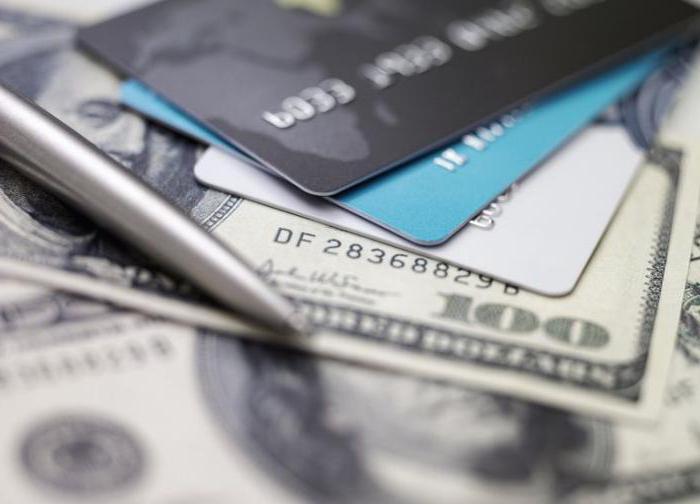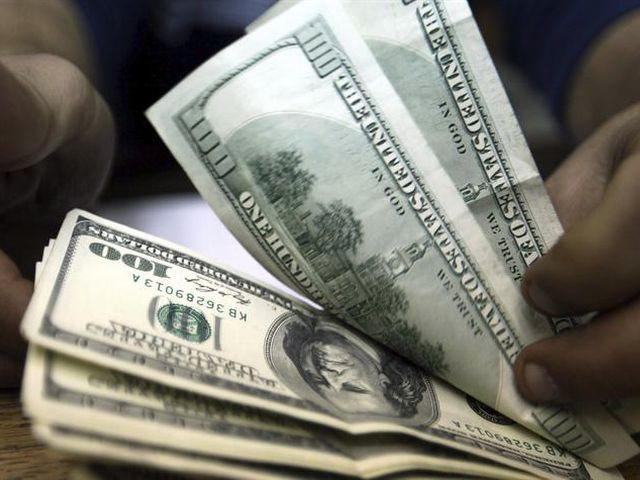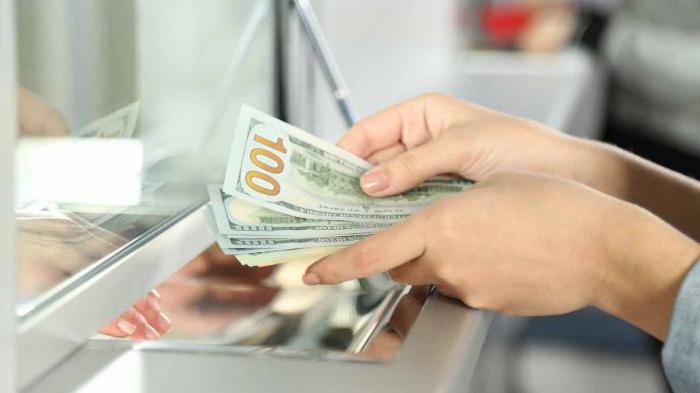Operations with money, both cash and non-cash, concern not only the direct residents of the country, but also the banks that are engaged in their issue. There are situations when a country needs to receive an additional amount of banknotes, in which case an issue takes place.
What is emission?
The issue of money in a broad sense implies the issue of an additional amount of banknotes or other means of payment, and, accordingly, their introduction into circulation. This approach ends with the money supply increasing many times, how much more depends on the amount of additionally issued money.

Despite the fact that emission itself implies the release of money, it is customary to separate such concepts in the economy. The fact is that money is constantly issued, but in the case of the usual issue of money, exactly the same amount of damaged notes is “disposed of”. Emission implies their additional issue without withdrawing a similar amount.
Emission forms
In addition to the fact that there is emission, it is necessary to understand that there are various forms of this procedure. There are three main forms:
- fiduciary;
- deposit check;
- issue of securities.
Despite the rather unusual name, it is the first form of issue - this is an additional issue of banknotes. Previously, each additionally issued banknote had to be supported by a certain amount of gold. That is, the precious metal directly had value, and the money was issued only for convenience. But after a certain time, this rule was abandoned, so the issue of an additional number of banknotes is currently not provided with gold.

The second type of issue is mainly directed at commercial banks. If we compare in volumes with fiduciary, then deposit-check significantly exceeds in volumes.
The issue of securities, rather, concerns specific companies, and in most cases at the beginning of their journey. The fact is that start-up companies rarely have enough worth capital that could give a boost to business at a serious level, so companies need additional investments. By issuing securities, which may be shares, bonds, etc., they enable investors to buy them subject to future payment of dividends. The faster the company develops, the more significantly the stock price will increase, since this is one of the indicators of the development and profitability of the company.
What is primary?
There are two concepts and two types of calculation that go side by side. Therefore, the issue of cash and non-cash money is considered part of a single action. And although these two processes are inherently complementary, one procedure is carried out earlier than the other.
The issue of non-cash money is primary, because before you print more money, their increase must be reflected in the quality of electronic data on the accounts of commercial banks.
How is the implementation?
After the issue of non-cash money has occurred, its introduction into circulation begins. They come from banks when there is a product of various credit operations. From this fact, the conclusion appears that one of the main principles for introducing new money is the credit nature of the operations performed.

The main goal of the additional issue of non-cash money, and as a result of cash, is the ability to meet the needs of the necessary amounts of those enterprises that need investment. And it happens quite simply.The central bank gives a loan to a group of commercial banks, and an additional amount of money appears in their account. With a constant increase in production, the population needs an additional amount of money, which is due to how the mechanism of non-cash issue of money works.
Bank multiplier
Like other processes, emissions should have their own system and mechanism of operation. In this regard, the issue of non-cash money is similar, the mechanism of the banking multiplier allows you to put the process into effect. The bank multiplier is the very process of creating more money capital in deposit accounts of certain commercial banks. A similar process can be put into effect during the period of cash flows.
Animation as a process
Despite the fact that the issue of non-cash money is carried out according to one principle, the multiplier can have its own varieties. In this regard, the concepts of banking, credit and deposit multiplier are distinguished, the principle of all processes combines an additional increase in cash, but this happens under different conditions.

As for the banking multiplier, in this case the issue of non-cash money is carried out thanks to commercial banks. The main feature is that the whole system must be involved, one bank cannot independently carry out such a process.
As for the credit multiplier, here almost completely the whole system is described by the name of the process. The mechanism is that the main process in this case will be the transfer of credit funds.
The deposit multiplier allows you to demonstrate the process at the expense of the object itself. That is, it is reflected in the money that is in the deposit accounts of banks, it is their increase that will be visible after the animation.
Procedure
It may seem to many that there are no particular difficulties in this process. Perhaps this is so, but it is necessary to comply with a certain procedure for conducting the operation, where the central bank will act as the first level and initial authority. Further, the procedure for issuing cash and non-cash money demonstrates the next step of the mechanism - commercial banks.

And if the central bank is considered as an entity that monitors the process, then commercial banks allow issuing the issue. Moreover, this process is so automated that it cannot be influenced by one particular bank and somehow violate this system. In addition, the implementation and introduction of this mechanism directly depends on the free reserve.
Free reserve
The issue of non-cash money cannot be carried out without the so-called free reserve. This concept implies the totality of all resources that are available in commercial banks, which can be directly used during this specific period of time for active banking operations. Despite the fact that the concept has long been known to everyone, and came to the Russian Federation from the West, it cannot be considered completely true. The fact is that the reserves of a particular commercial bank, which are considered free, are liquid assets, but, based on the definition, it is clear that in this case the bank's liabilities are implied.
To whom is the role assigned
The main question is who issues non-cash money? Naturally, one of the main roles belongs to the system of commercial banks, but this does not mean that we should forget about the central bank. But even at present, economists do not give a concrete answer about the role of the central bank when the issue of non-cash money of the Russian Federation is carried out. Moreover, there are certain positions on this issue in which economists agree:
- The implementation of non-cash issue is primarily due to the central bank.Commercial ones, in turn, are responsible for the introduction of this system and for the redistribution of equity funds.
- Commercial banks alone cannot set volumes that exceed their “capabilities”. These figures depend on the funds available on the correspondent account with the central bank.
- The process of issuing non-cash money cannot be carried out only by central or only commercial banks, since the first makes it possible to carry out this process, and the second by carrying out various operations bring it into effect.
 As for the monopolization of the system, its implementation in favor of the central bank would have occurred only if the required reserve ratio was equated to 100%.
As for the monopolization of the system, its implementation in favor of the central bank would have occurred only if the required reserve ratio was equated to 100%.
Everything is under control
The fact is that, despite the absence of a printed currency, it is necessary to control the money supply in non-cash form. Every quarter, forecasts and calculations of the cape of money, which will be in circulation, are carried out. This indicator includes not only non-cash money, but also printed banknotes, including any monetary obligations of banks. Based on these calculations, you can adjust the system for the need for money issue and calculate their amount in a certain period of time.

In addition, other indicators are taken into account. For example, how a certain city or region is developing socially and economically, is there a need for emission, and if there is one, how much additional issue of money is needed. But this is not just virtual numbers and approximate calculations, the income and expenditure of citizens are taken into account, average indicators for the population of a particular region are displayed. It takes into account what balances on accounts, deposits or loans are currently available.
Only after this can we talk about the increase in funds in the population as a whole. In addition to quarterly indicators, which are tracked to calculate indicators, there is also a monthly control of the money supply, which is in circulation.
Cash issue
Many concepts are better understood in comparison, one of which, which can be considered an addition on the one hand, and on the other, the complete opposite, is the issue of cash. This is the same process of additional issue of money, only it differs from non-cash in that the printing of monetary units occurs. The process cannot be called more complex, it is simply different.
In this particular area there are monopolists, as for the Russian Federation, in this country such a right belongs to the Central Bank of the Russian Federation.
The issue of cash is decentralized, and this has its own explanation. The need for additional paper money primarily depends on the population, who turns to local commercial banks with a desire to get more cash. These indicators are constantly changing, in one month they can reflect one figure, and in the next much less or more. Tracking them is not only difficult, but also satisfying them is inappropriate.
The process of introducing additional amounts of cash is carried out initially by the Central Bank of the Russian Federation, as well as by its units, which are available in different regions and allow for cash settlement services. Therefore, working cash registers and reserve funds are needed.
Reverse cash desk - a combination of the usual for us processes of receipt and issue of funds. That is, money here is in constant motion, in circulation. If more money is received than usual, then they are withdrawn and transferred to the reserve fund.
As for the reserve fund, there is money that is not involved in the constant turnover, their purpose is to go to the cashier’s office if there is an increase in the need to issue cash to citizens.